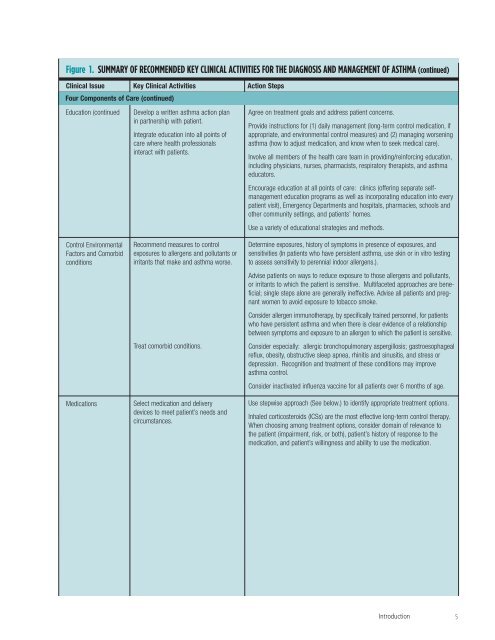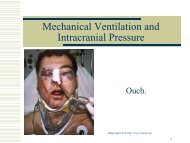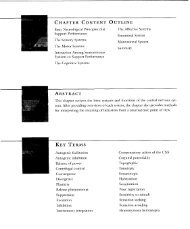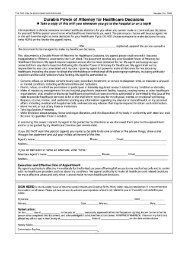Guidelines for the Diagnosis and Management of Asthma
Guidelines for the Diagnosis and Management of Asthma
Guidelines for the Diagnosis and Management of Asthma
Create successful ePaper yourself
Turn your PDF publications into a flip-book with our unique Google optimized e-Paper software.
Figure 1. SUMMARY OF RECOMMENDED KEY CLINICAL ACTIVITIES FOR THE DIAGNOSIS AND MANAGEMENT OF ASTHMA (continued)<br />
Clinical Issue Key Clinical Activities Action Steps<br />
Four Components <strong>of</strong> Care (continued)<br />
Education (continued<br />
Develop a written asthma action plan<br />
in partnership with patient.<br />
Integrate education into all points <strong>of</strong><br />
care where health pr<strong>of</strong>essionals<br />
interact with patients.<br />
Agree on treatment goals <strong>and</strong> address patient concerns.<br />
Provide instructions <strong>for</strong> (1) daily management (long-term control medication, if<br />
appropriate, <strong>and</strong> environmental control measures) <strong>and</strong> (2) managing worsening<br />
asthma (how to adjust medication, <strong>and</strong> know when to seek medical care).<br />
Involve all members <strong>of</strong> <strong>the</strong> health care team in providing/rein<strong>for</strong>cing education,<br />
including physicians, nurses, pharmacists, respiratory <strong>the</strong>rapists, <strong>and</strong> asthma<br />
educators.<br />
Encourage education at all points <strong>of</strong> care: clinics (<strong>of</strong>fering separate selfmanagement<br />
education programs as well as incorporating education into every<br />
patient visit), Emergency Departments <strong>and</strong> hospitals, pharmacies, schools <strong>and</strong><br />
o<strong>the</strong>r community settings, <strong>and</strong> patients’ homes.<br />
Use a variety <strong>of</strong> educational strategies <strong>and</strong> methods.<br />
Control Environmental<br />
Factors <strong>and</strong> Comorbid<br />
conditions<br />
Medications<br />
Recommend measures to control<br />
exposures to allergens <strong>and</strong> pollutants or<br />
irritants that make <strong>and</strong> asthma worse.<br />
Treat comorbid conditions.<br />
Select medication <strong>and</strong> delivery<br />
devices to meet patient’s needs <strong>and</strong><br />
circumstances.<br />
Determine exposures, history <strong>of</strong> symptoms in presence <strong>of</strong> exposures, <strong>and</strong><br />
sensitivities (In patients who have persistent asthma, use skin or in vitro testing<br />
to assess sensitivity to perennial indoor allergens.).<br />
Advise patients on ways to reduce exposure to those allergens <strong>and</strong> pollutants,<br />
or irritants to which <strong>the</strong> patient is sensitive. Multifaceted approaches are beneficial;<br />
single steps alone are generally ineffective. Advise all patients <strong>and</strong> pregnant<br />
women to avoid exposure to tobacco smoke.<br />
Consider allergen immuno<strong>the</strong>rapy, by specifically trained personnel, <strong>for</strong> patients<br />
who have persistent asthma <strong>and</strong> when <strong>the</strong>re is clear evidence <strong>of</strong> a relationship<br />
between symptoms <strong>and</strong> exposure to an allergen to which <strong>the</strong> patient is sensitive.<br />
Consider especially: allergic bronchopulmonary aspergillosis; gastroesophageal<br />
reflux, obesity, obstructive sleep apnea, rhinitis <strong>and</strong> sinusitis, <strong>and</strong> stress or<br />
depression. Recognition <strong>and</strong> treatment <strong>of</strong> <strong>the</strong>se conditions may improve<br />
asthma control.<br />
Consider inactivated influenza vaccine <strong>for</strong> all patients over 6 months <strong>of</strong> age.<br />
Use stepwise approach (See below.) to identify appropriate treatment options.<br />
Inhaled corticosteroids (ICSs) are <strong>the</strong> most effective long-term control <strong>the</strong>rapy.<br />
When choosing among treatment options, consider domain <strong>of</strong> relevance to<br />
<strong>the</strong> patient (impairment, risk, or both), patient’s history <strong>of</strong> response to <strong>the</strong><br />
medication, <strong>and</strong> patient’s willingness <strong>and</strong> ability to use <strong>the</strong> medication.<br />
Introduction<br />
5





